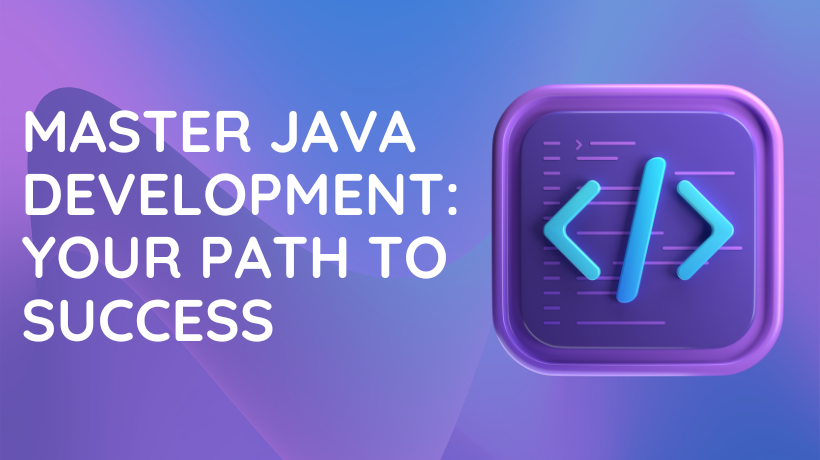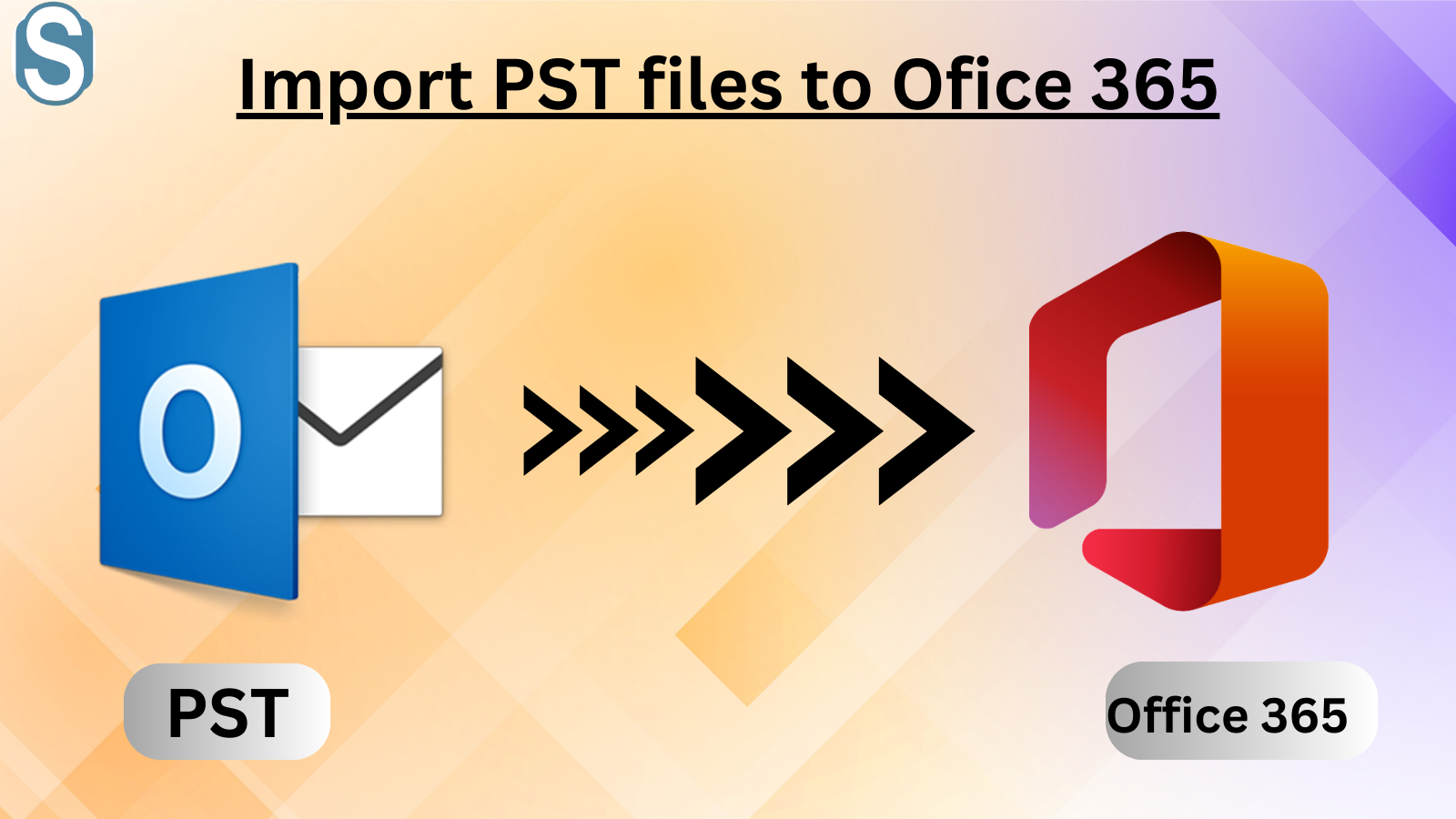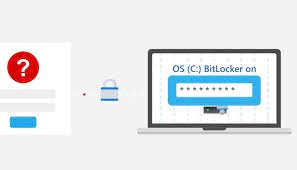Welcome to the exciting world of Java programming! Java is a versatile and powerful programming language that has stood the test of time, making it a must-know for developers of all levels. In this comprehensive guide, we’ll take you on a journey from Java novice to Java ninja, covering everything you need to know to master this language.
What is Java?
- Java is renowned for its portability, robustness, and scalability, making it a top choice for developing a wide range of applications, from web and mobile apps to backend systems and even Android mobile apps. Learning Java opens doors to a world of opportunities in the tech industry.
- Java’s journey began in the mid-’90s when it was developed by James Gosling and his team at Sun Microsystems. Its key attributes included platform independence, security, and ease of use, making it a game-changer in the software world.
- To begin your Java adventure, you’ll need to set up your development environment. Installing the Java Development Kit (JDK) is the first step. You’ll utilize the Java compiler and runtime, which are included in the JDK, to create, compile, and execute Java programmers. You also have the option of choosing an Integrated Development Environment (IDE) such as Eclipse, IntelliJ IDEA, or NetBeans. IDEs provide a user-friendly interface and a suite of features that streamline Java development.
Java Fundamentals
A. Data Types and Variables
Java comes with a robust system of data types that allows you to store and manipulate various kinds of information. You’ll encounter primitive data types like `int`, `double`, and `boolean`, each with its unique characteristics. Understanding how to declare, initialize, and use variables of these data types is essential for any Java developer.
B. Control Flow
Control flow structures are the tools you use to make your programs dynamic and responsive. We’ll delve into `if` and `else` statements for decision-making and various loops like `for`, `while`, and `do-while` for repetition. These constructs will empower you to create versatile and intelligent Java programs.
Object-Oriented Programming (OOP)
A. Classes and Objects
The Classes and objects are the central ideas in Java. Classes define the structure and behavior of objects, just as blueprints would. On the other hand, objects are instances of classes that stand in for actual objects. You’ll discover how to design classes, specify their attributes (fields), and integrate their behaviors (methods).
B. Inheritance and Polymorphism
Because it encourages code reuse, inheritance enables you to build new classes on top of old ones. We’ll explore ideas like method overriding, superclasses, and subclasses. For constructing hierarchies of related classes, this is a potent tool.
The ability to regard objects of many classes as belonging to a single superclass is provided by polymorphism. This encourages your code’s extension and flexibility.
Exception Handling
- Exception handling is an integral part of Java programming, allowing you to gracefully manage unexpected situations and errors in your code. In this section, we’ll delve into the world of exceptions and how to handle them effectively.
- Understanding Exceptions: In Java, exceptions represent abnormal conditions that can disrupt the normal flow of your program, such as division by zero or attempting to access a non-existent file. You’ll learn about the hierarchy of exception classes and how to identify checked and unchecked exceptions.
- Using Try-Catch Blocks: The try-catch mechanism is your toolbox for dealing with exceptions. You’ll discover how to enclose risky code within a try block and provide catch blocks to handle specific exceptions gracefully. This prevents your program from crashing and allows you to provide informative error messages.
- Exception Best Practices: We’ll also discuss best practices for exception handling, such as logging, rethrowing exceptions, and creating custom exceptions to suit your application’s needs.
Collections and Data Structures
Java’s Collections Framework is a treasure trove of data structures and algorithms that simplify complex data manipulation
- Lists, Sets, and Maps: Java offers versatile collections like Array Lists, Hash Sets, and HashMap, each catering to specific data organization needs. You’ll delve into the differences between these data structures and learn when to use them.
- Iterators and Enhanced for Loop: To traverse and manipulate collections effectively, we’ll introduce you to iterators and the enhanced for loop. These tools streamline the process of working with data, making your code more efficient and readable.
File Handling
Interacting with files is a common requirement in software development, and Java provides robust tools for this purpose
- Reading and Writing Files: You’ll learn how to read data from existing files and create new ones. Java’s File, File Reader, and File Writer classes will be your allies in this endeavor.
- Exception Handling in File Operations: Building on your knowledge from the previous section, we’ll discuss how to handle exceptions effectively when dealing with files. This ensures that your file-related operations are resilient to unexpected issues.
Advanced Java Concepts
- Java 8 Features: Java 8 introduced groundbreaking features like lambda expressions, streams, and java. Time package for modern date and time handling. These features enhance code readability and make Java more expressive and powerful.
- Design Patterns: Design patterns are essential for writing maintainable and scalable code. We’ll introduce you to common design patterns such as Singleton, Factory, and Observer, demonstrating how to apply them in your Java projects.
- JavaFX for GUI Applications: If you’re interested in creating graphical user interfaces (GUIs), JavaFX is the way to go. You’ll get a glimpse into building interactive desktop applications with JavaFX.
- Java Enterprise Edition (Java EE) and Microservices: For those aiming to develop robust and scalable enterprise applications, we’ll touch on Java EE and the concept of microservices.
Conclusion
As we wrap up this comprehensive guide to mastering Java, you’ve embarked on an enriching journey through the Java programming landscape. From setting up your development environment to delving into advanced concepts, you’ve gained a solid foundation in this versatile language. Java’s significance in the tech industry is undeniable. It powers web applications, Android mobile apps, enterprise-level software, and much more. Whether you aspire to be a web developer, Android app developer, or work on complex backend systems, your Java skills will be a valuable asset. Remember, your journey doesn’t end here.
To further enhance your expertise, consider enrolling in a Java Training Course in Dehradun, Kanpur, Kochi, Delhi, Patna, or an online course tailored to your learning preferences. Practice, explore, and collaborate on Java projects to solidify your skills. With dedication and continuous learning, you’re well on your way to becoming a proficient Java developer, ready to tackle exciting challenges and contribute to the ever-evolving world of technology. Keep coding, keep learning, and embrace the endless possibilities of Java!



